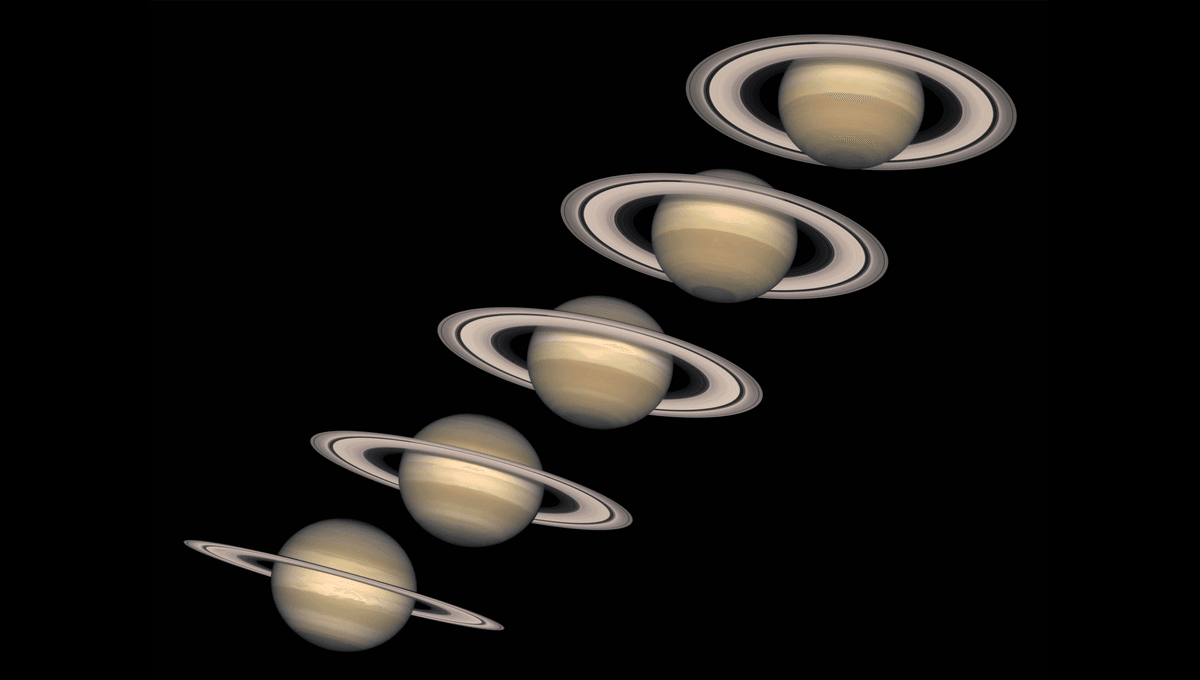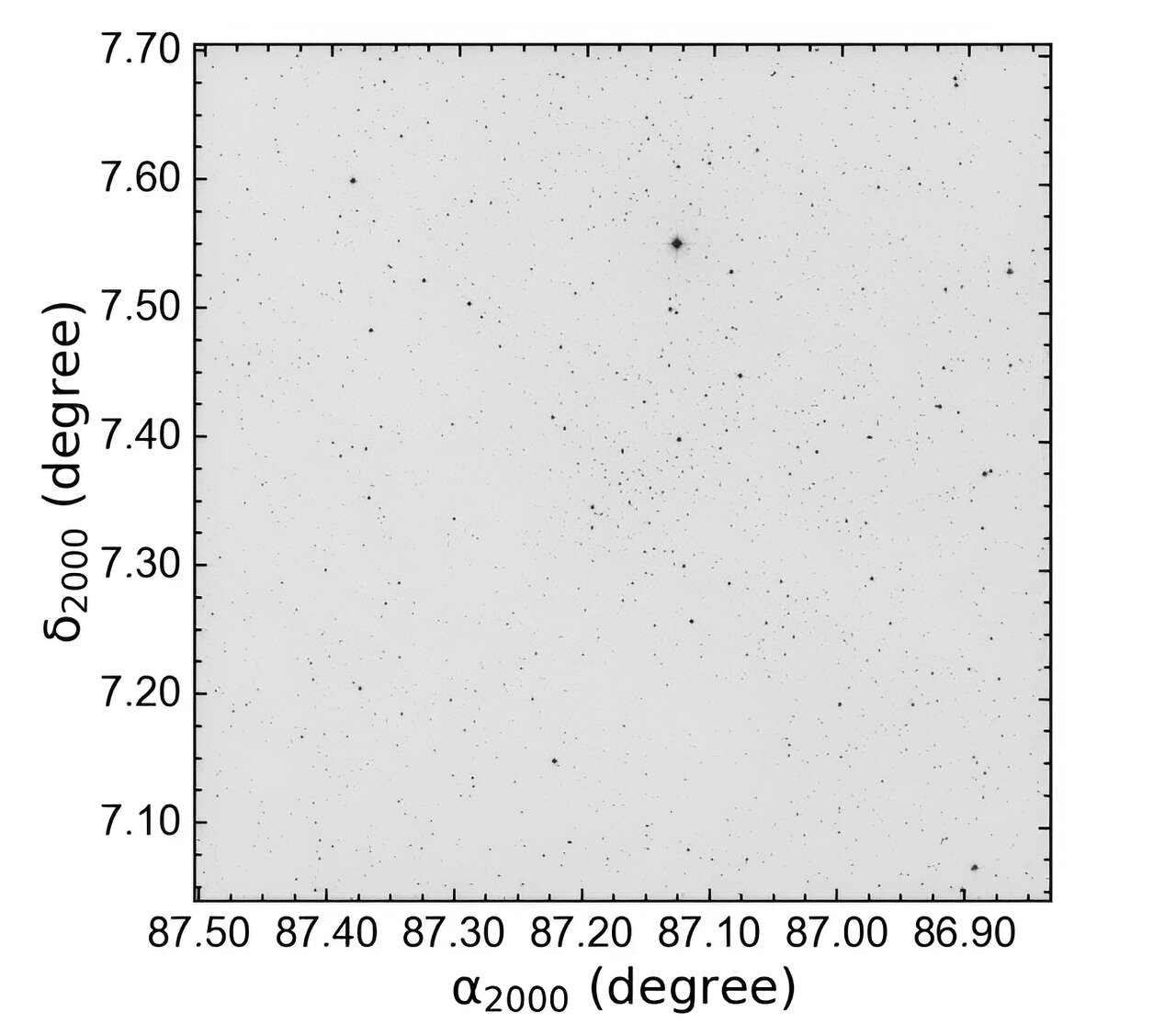Prepare to be amazed by the sheer size of Saturn’s rings. Spanning from 70,000 to 140,000 kilometers (43,500 to 87,000 miles), these rings cover an area equivalent to 30 Earths. It’s mind-boggling!
But here’s the fascinating part: despite their enormous size, these rings are incredibly thin. In fact, they are thinner than a sheet of paper. Most areas of the rings are less than 100 meters (300 feet) thick. Can you believe it?
Now, let’s talk about perspective. From a distance of over 1.2 billion kilometers (746 million miles), a single kilometer is practically nothing. It’s like a tiny speck in the vastness of space.
Here’s an interesting fact: the angle of tilt of Saturn’s rings changes over time. In August, during opposition, the tilt was about 9 degrees. However, by March 23, 2025, it will drop to zero. This change in tilt occurs in intervals of 13.7 to 15.7 years when the Earth crosses the plane of the rings. Sometimes, we experience one crossing, and other times, we get three crossings in rapid succession.
Let’s take a trip down memory lane. In the 1990s, we witnessed a series of ring plane crossings on May 22 and August 10, 1995, followed by another on February 11, 1996. The most recent one occurred on September 4, 2009. The next event after 2025 will be another triple crossing: October 15, 2038, followed by April 1 and July 9, 2039.
But don’t worry, these crossings are not the end of Saturn’s rings. In fact, they provide us with a unique opportunity to see the underside of the rings, which has been hidden from view for many years. We’ll also get a glimpse of the planet’s Southern Pole. The rings will be at their maximum inclination in 2032, when they will be tilted 27 degrees with respect to us. It’s going to be a spectacular sight!
Over the past few decades, we’ve captured numerous images of the changing inclination of Saturn’s rings. It’s a fantastic chance to observe Saturn’s moons and witness the beauty of its system. Make sure to seize this opportunity in the next decade and a half!
[H/T: Sky at Night]








